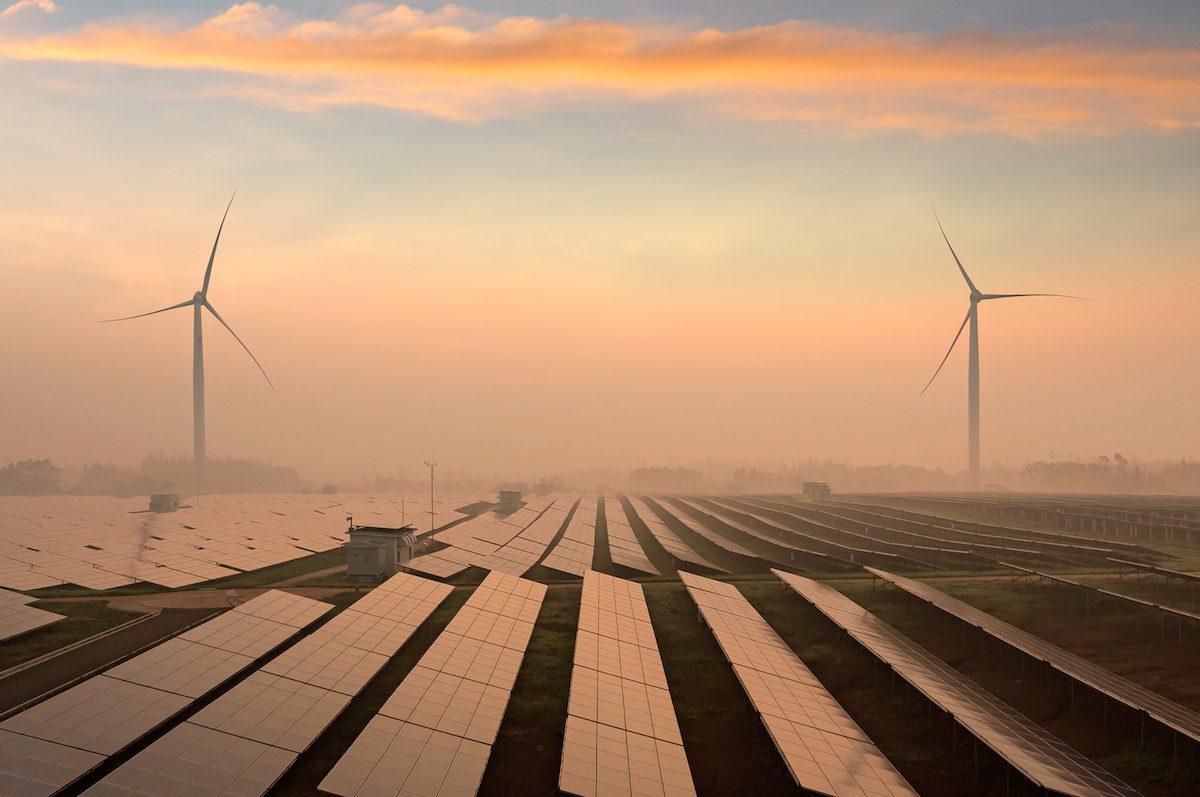Zero Energy Living
May 17, 2019

Getting to Zero: Energizing the Green New Deal
Energizing the Green New Deal: Part One of a Three-Part Series. Realistic climate action requires clear goals and objectives and an achievable timeline. If it is to have any chance of becoming reality, it must also align with the free enterprise system in which most of the work is accomplished by the private sector. Here is a comprehensive set of specific goals and objectives plus how best to achieve them, with the least government involvement.
Read ArticleMay 17, 2019
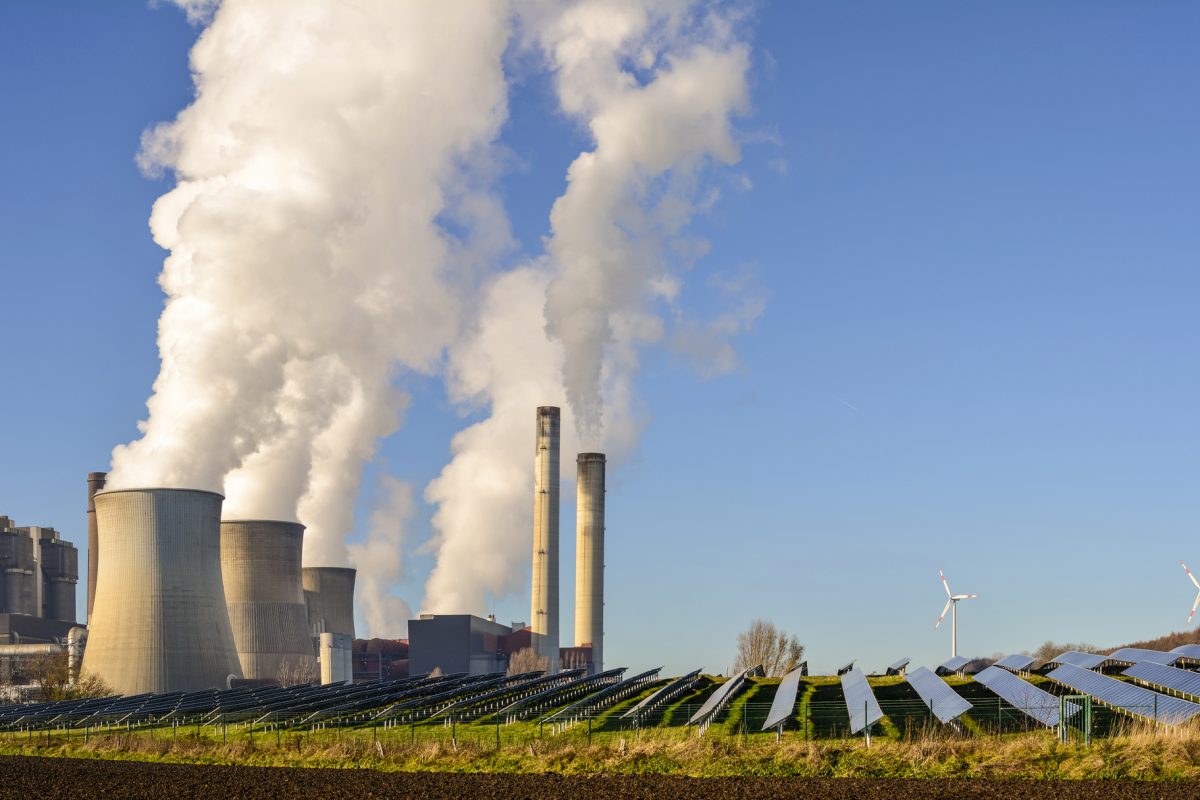
The Green New Deal: Is it Just As Dangerous as Climate Denial?
The proposal from progressive representatives in Congress is big on aspiration and short on detail. What is the Green New Deal and does it offer a realistic strategy for climate action?
Read ArticleApril 8, 2019

How To Improve Indoor Air Quality in Zero Energy Renovations
When addressing indoor air quality, let’s not leave out existing homes and buildings. The same principles that make new zero energy buildings more healthy can also be applied to existing homes, whether during minor upgrades or major renovations. The return is in improved health and comfort. This is the final installment of our three-part series on indoor air quality and health.
Read ArticleApril 8, 2019

Zero Energy Buildings are Much Healthier Than Conventional Homes
As described in Part One, indoor air can be unhealthy. When you invest in zero energy, you’ll also get something even more important than money in return. Zero energy buildings are also healthier. Here in Part Two of this three-part series, you can read about all the components of zero energy buildings that make this invaluable benefit possible.
Read ArticleMarch 21, 2019

Deadly Indoor Air Pollution: Are Zero Energy Buildings the Answer?
In Part One of a three-part series we look into health risks and the cost to society rising from conventional construction approaches. Most people are unaware of the health risks that permeate their homes. Ironically, all homes present dangers, but it is a deeper understanding of building science and greater attention to detail that make energy-efficient zero homes healthier than conventional ones. Part One of a three-part series lays out the risks and costs.
Read ArticleFebruary 15, 2019

My Zero Energy Pool is a Great Investment!
Swimming pools are great fun, but they have high running costs and a high carbon footprint. David Green cut both. Now his pool running cost is zero and so is its carbon footprint.
Read ArticleJanuary 16, 2019
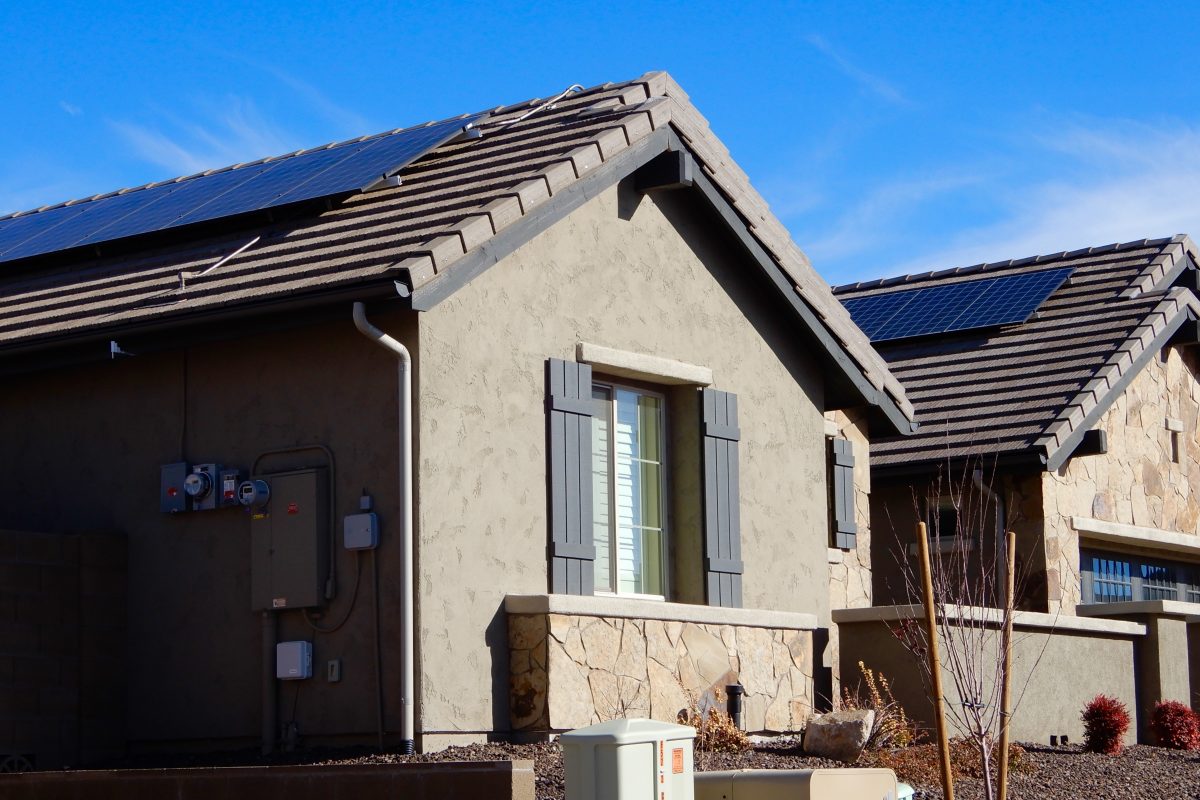
Mandalay Homes: Zero Energy Grid-Integrated Neighborhoods that Solve the “Duck Curve”
To stay competitive, a production builder must find a good balance between cost, price, and profit. Here’s the story of one builder who has successfully added high-performance, clean energy features to their standard offering. More importantly this builder has developed an elegant solution to the challenge of solar-powered homes producing energy when it is not needed by the grid.
Read ArticleOctober 5, 2018

Make Walking and Biking Part of Your Zero Energy Lifestyle
Location is one of the first decisions made about a new home purchase, and it is one of the most consequential. While it may not occur to you that location affects energy efficiency… it does!
Read ArticleOctober 4, 2018
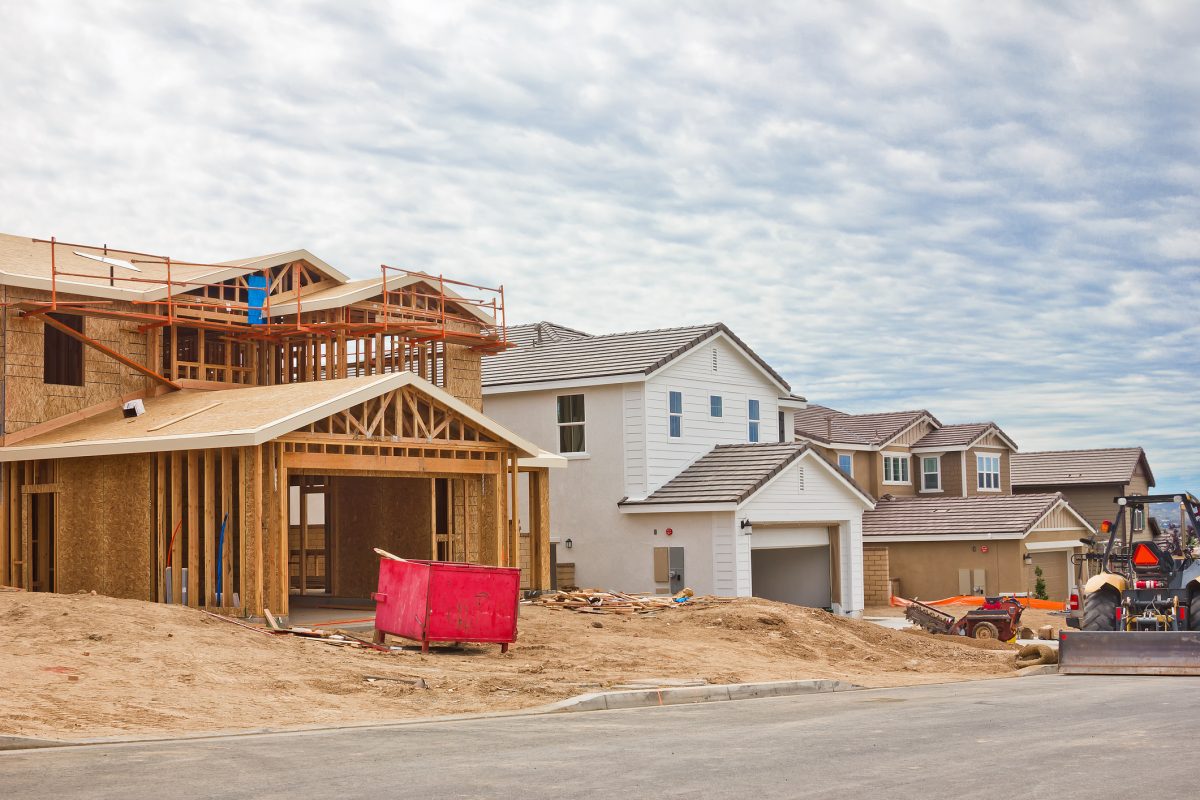
Don’t Buy a New Home that Sucks!
The only reason that most people feel that their new home is okay is that their old home was even worse.
Read ArticleSeptember 24, 2018

How to Save Money Building Affordable Zero Net Carbon Apartments
Giv Group just finished a zero energy affordable housing apartment project in Salt Lake City that cost less than a comparable building built to conventional energy standards. Now, they want to share what they learned so others can duplicate their accomplishment.
Read ArticleApril 6, 2018
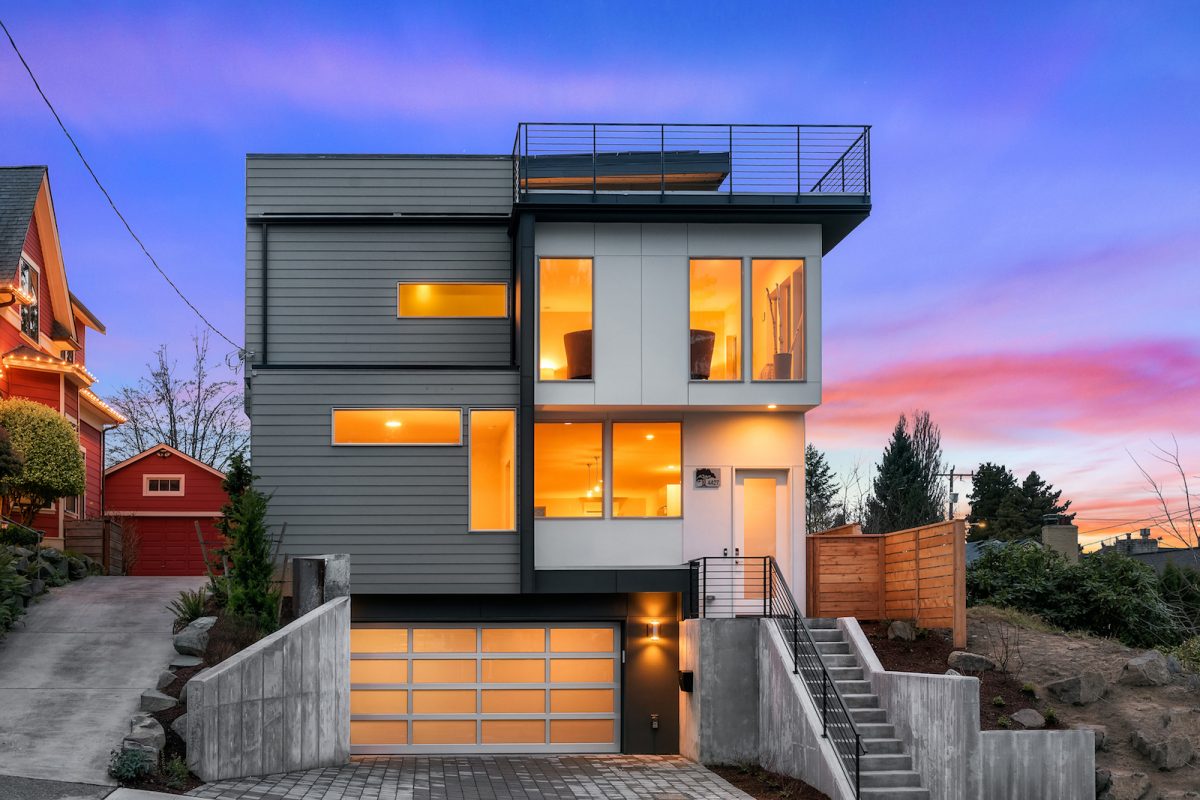
Green Canopy Homes Builds Zero Energy Homes Supported by Impact Investing
This develop/design/build firm is now dedicated to 100% zero energy residential projects. Since lenders continue to neglect the growing zero energy segment, this ambitious company has created its own impact investment fund to finance their zero energy homes.
Read Article